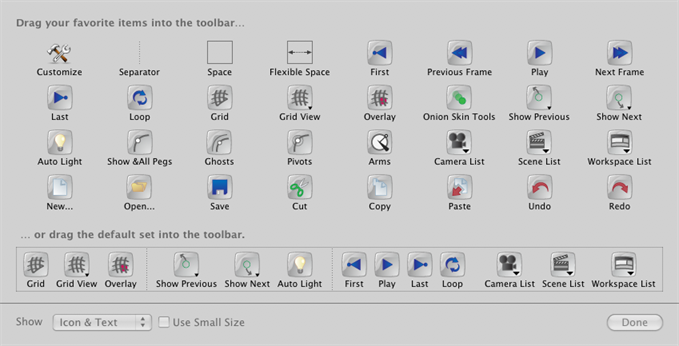

If you're running OS X Lion or later, your desktop should automatically appear on the monitor after flashing blue for a second. If using a wired keyboard and mouse, make sure they're connected, then simply close the lid on your Mac notebook. In order to do this, your Mac notebook will need to be connected to its power adapter, and you'll need an external keyboard and mouse (or trackpad). If you don't want an extended desktop, and don't want to mirror your displays, then you probably just want a bigger screen for your computer. This should make your external display function properly. If you see Gather Windows instead, hold down the Option key to make it change to Detect Displays, then click on it. If for some reason your monitor isn't recognized by your MacBook model, open up System Preferences, and in the Displays settings pane, click on Detect Displays. You can change its desktop background in System Preferences -> Desktop & Screen Saver, if you want a different look.

Your Mac should automatically detect the additional monitor, and it will act as an extended desktop to your primary one (AKA your Mac's screen). Simply connect your computer to your external display with the proper cable/s (and adapters, if necessary) and make sure the monitor is powered on. Whether you are connecting your external monitor to your Mac notebook using HDMI, Mini DisplayPort, Thunderbolt, DVI, Mini-DVI, or Micro-DVI, the process is exactly the same.
MAC MOVE TOOLBAR TO OTHER MONITOR PRO
If you have no desire to get a separate Mac desktop computer, but want to either supersize your laptop's screen for gaming or need to get additional screen real estate while you work, then connecting your MacBook, MacBook Air, or MacBook Pro to an external display is the right call.


 0 kommentar(er)
0 kommentar(er)
